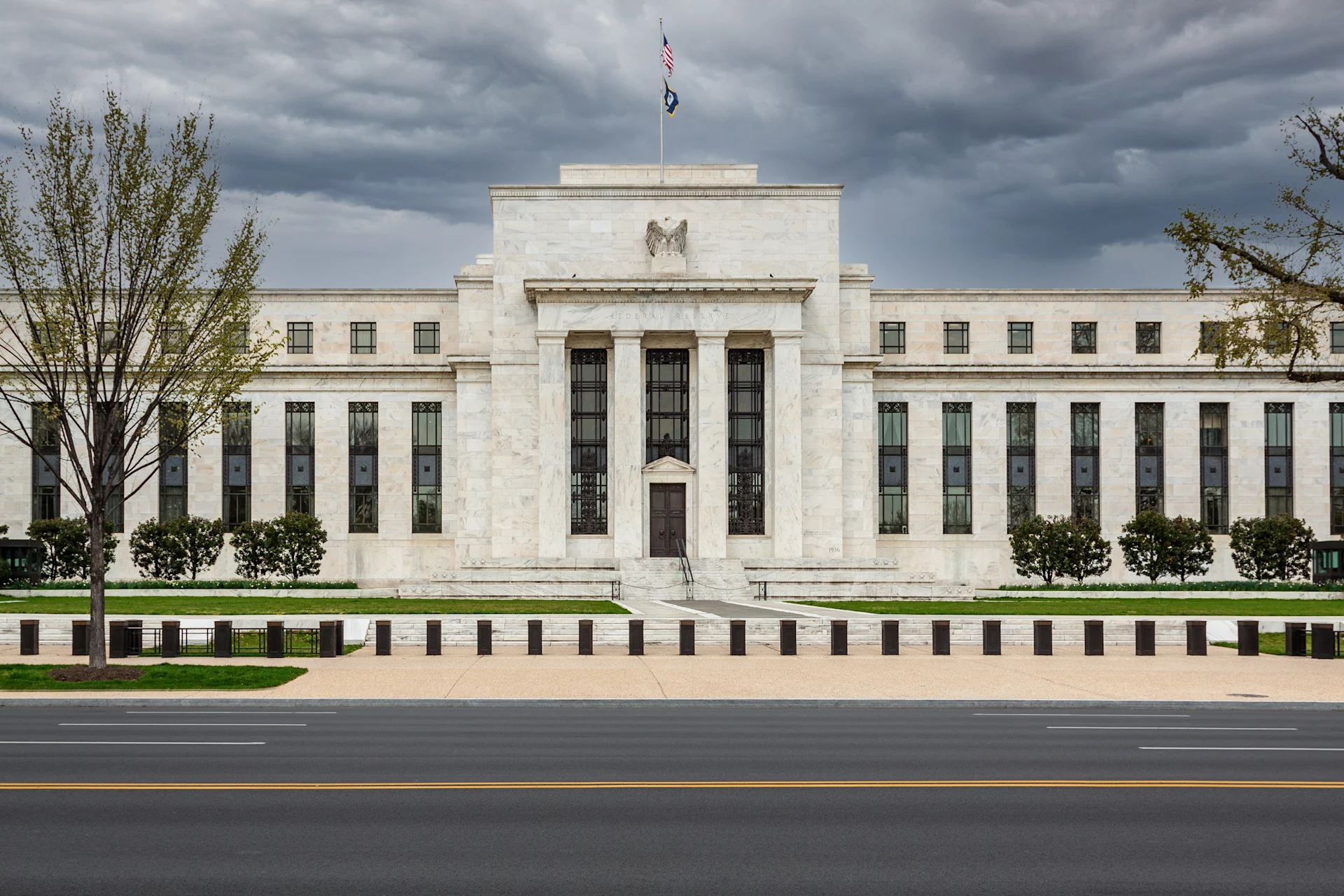Interest rates, whether they are rising or falling, can have a significant impact on your finances and investments. Understanding what drives these movements and the effect they have on markets will help you to make informed choices about how to allocate your capital. Since the crash of 2008-2009, the world has experienced a period of record-low rates that appears set to continue for some time to come. That creates both risks and opportunities for investors.
Why do interest rates change?
Interest is essentially the cost of borrowing money. In most countries, the interest rates borrowers pay are strongly influenced by official rates set by governments or central banks. These official rates are set according to economic conditions and forecasts and are used to both stimulate the economy during time of weakness and prevent inflation from getting out of control during boom times. When the economy is weakening, the central bank will lower its rate to reduce the cost of borrowing and encourage people to spend and borrow more. When the economy is growing strongly, the central bank will raise its rate to reduce spending and borrowing to prevent it from overheating (and stop credit bubbles from forming).
Bank interest rates are always higher than the official rate and fluctuate according to supply and demand, as well as the cost to the banks of borrowing the money themselves and the risks associated with lending.
What happens when interest rates are negative?
In times of extreme economic turmoil, central banks may employ negative interest rates as a way to fight off deflation. Negative interest rates – that is a rate less than zero - make it more costly to hold onto money as instead of earning interest on your capital, you would be charged a fee by the bank. The aim is to create an incentive to borrow money, and therefore encourage spending, as loan rates are pushed to all-time lows.
Negative interest rates have been introduced in several countries around the world, most notably in the Eurozone and Japan. After decades of batting deflation, the Bank of Japan was the first central bank to move, first to a zero-interest policy in 1999, and then its key rate into negative territory in 2016. Despite this, Japan has had almost no economic growth over the past 25 years.
Meanwhile, Europe has experienced marginal growth since 2014 when the European Central Bank adopted a negative interest policy to address the Eurozone Crisis. The success of negative interest rates is arguable as none of the countries that introduced them have experienced any real growth, though they have been able to combat deflation.
What do these changes mean for your investment strategy?
One of the key issues when interest rates are cut is that saving rates also fall. This means it is harder to get a return on your capital from a bank and investors will need consider other options if they want to see decent returns.
It should be noted that investments that offer the potential for returns above and beyond current interest rate levels usually come with a higher level of risk. However, this risk can be partially alleviated by diversifying investments across a range of asset classes. Assets tend to perform differently and the gains of one may offset the losses of another.
Areas to invest when interest rates are low
Shares can be one of the most rewarding areas for investors to focus on when interest rates are low. Shares can deliver benefit here as lower interest rates can effectively increase the value of future company cash flows. As interest payments are a major cost for businesses, lower rates mean increased profits for businesses and contribute to rising share prices.
It also means that leveraging investments is less expensive, so there is potential to see positive returns on your investments here. Shares can also provide an ongoing source of income through dividends, and investors could potentially offset the loss of income from interest with dividends from high-yielding stocks. However, there is, of course, no guarantee how well a company is going to perform or whether they will be able to maintain their dividends in the future, especially in economically uncertain times.
Exchange traded funds (ETFs) are another good option because they offer a simple and cost-effective way to invest in specific markets, industries or commodities. ETFs can take a lot of the guesswork out of investing as they track indexes, rather than individual companies. When you purchase an ETF you are essentially getting access to a diverse portfolio in one move. They are generally a lower risk option than buying individual shares, but investors should also be aware that the potential returns won’t be as high as those from purchasing stocks.
The bottom line on investing in a low interest rate environment
While getting a return on savings alone in a low or no interest rate environment may be near impossible, there are options out there for investors willing to take on more risk. Shares and ETFs are an option for many investors looking for returns on their capital, and some reliable stocks may even pay dividends that could also help offset these losses. The important thing it to have clear idea of what you want to gain from your investments and develop a trading plan to meet your criteria.
